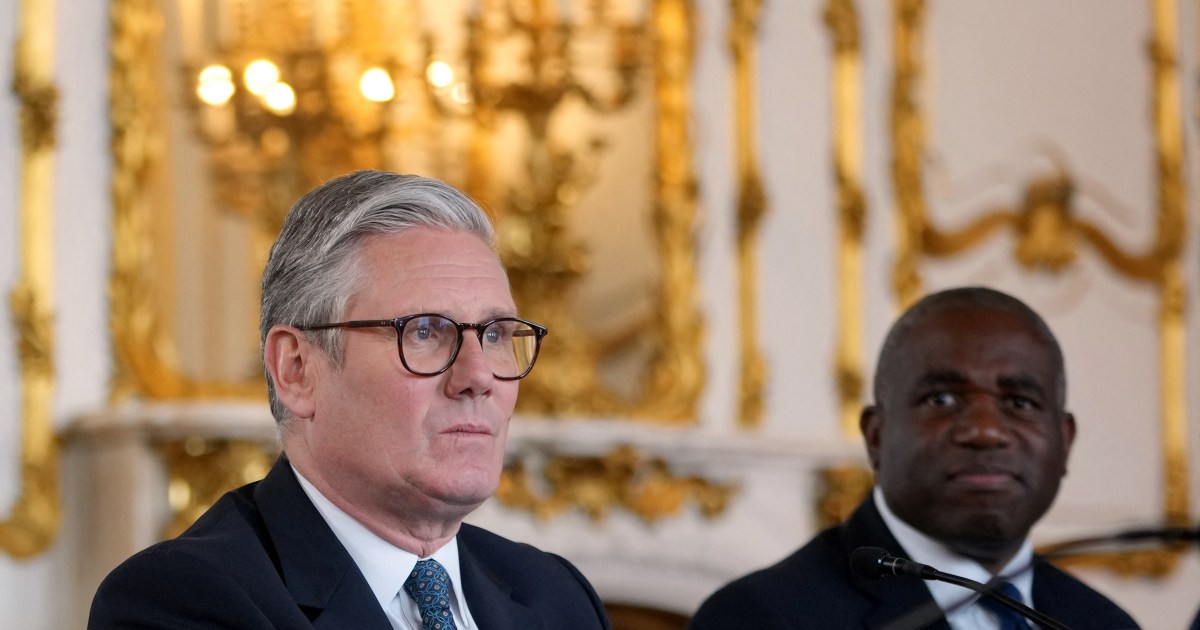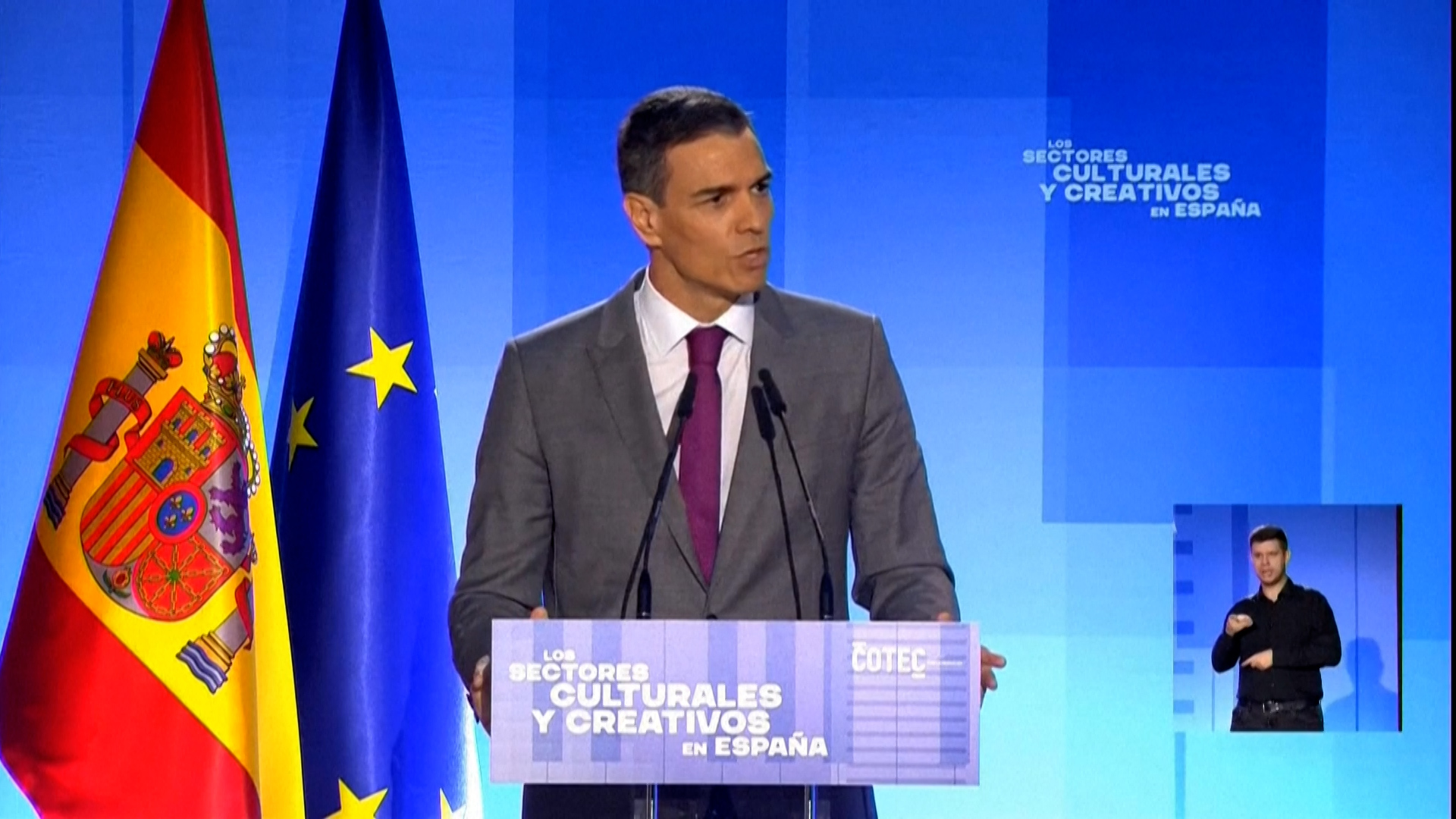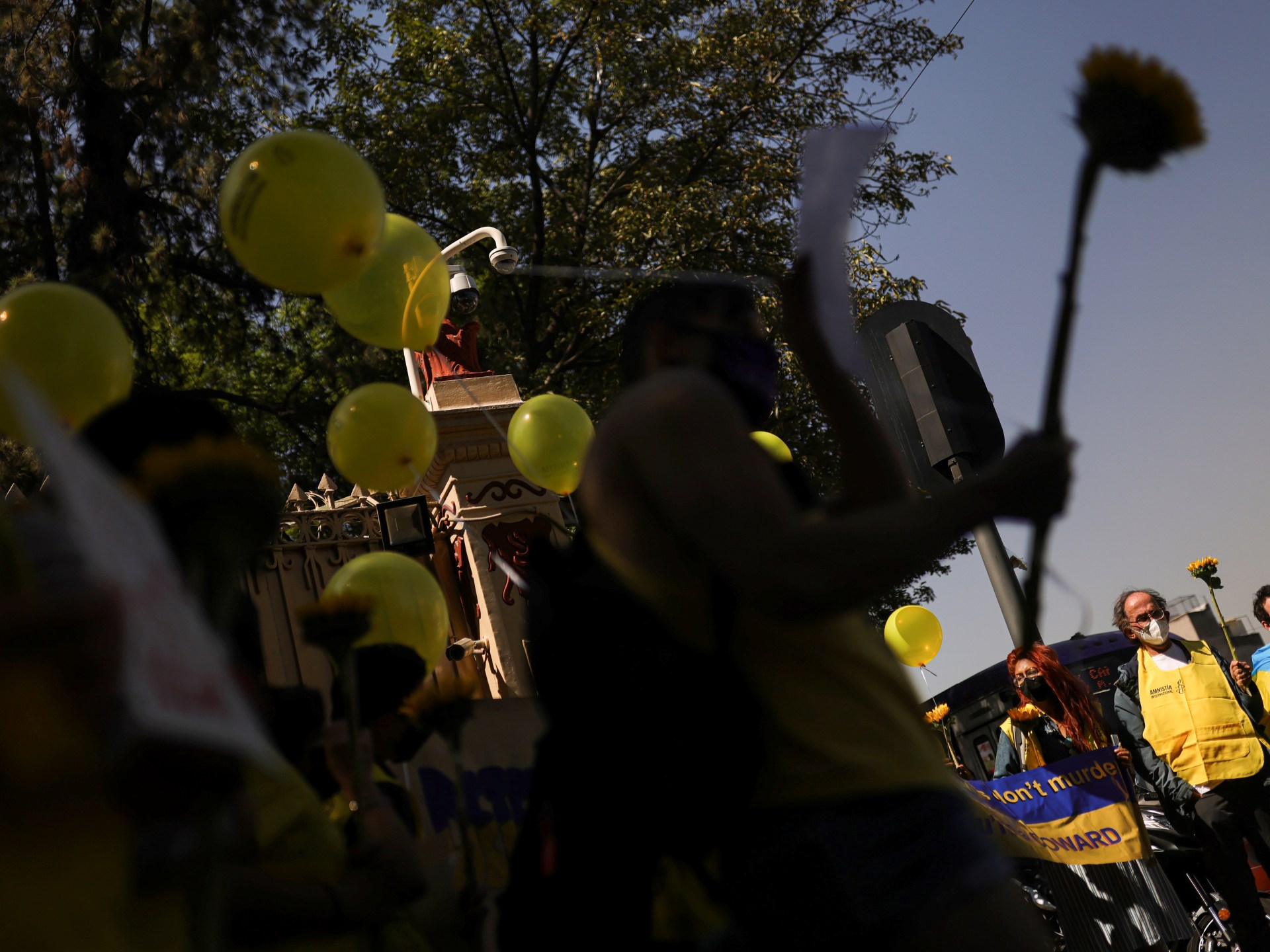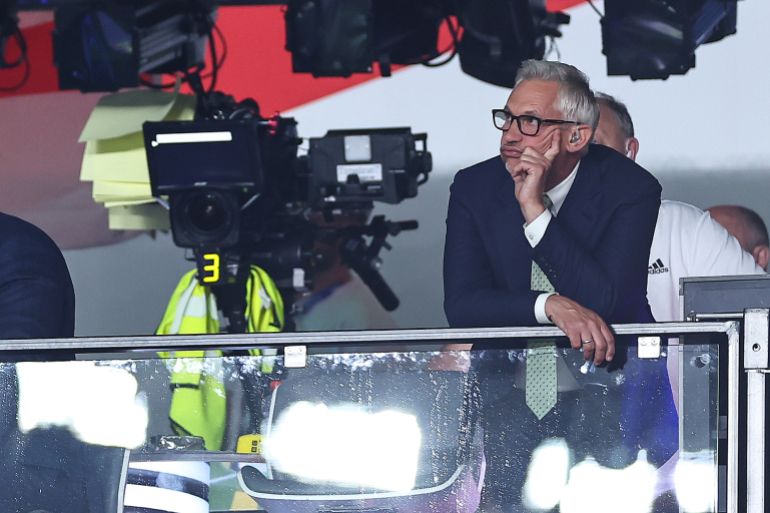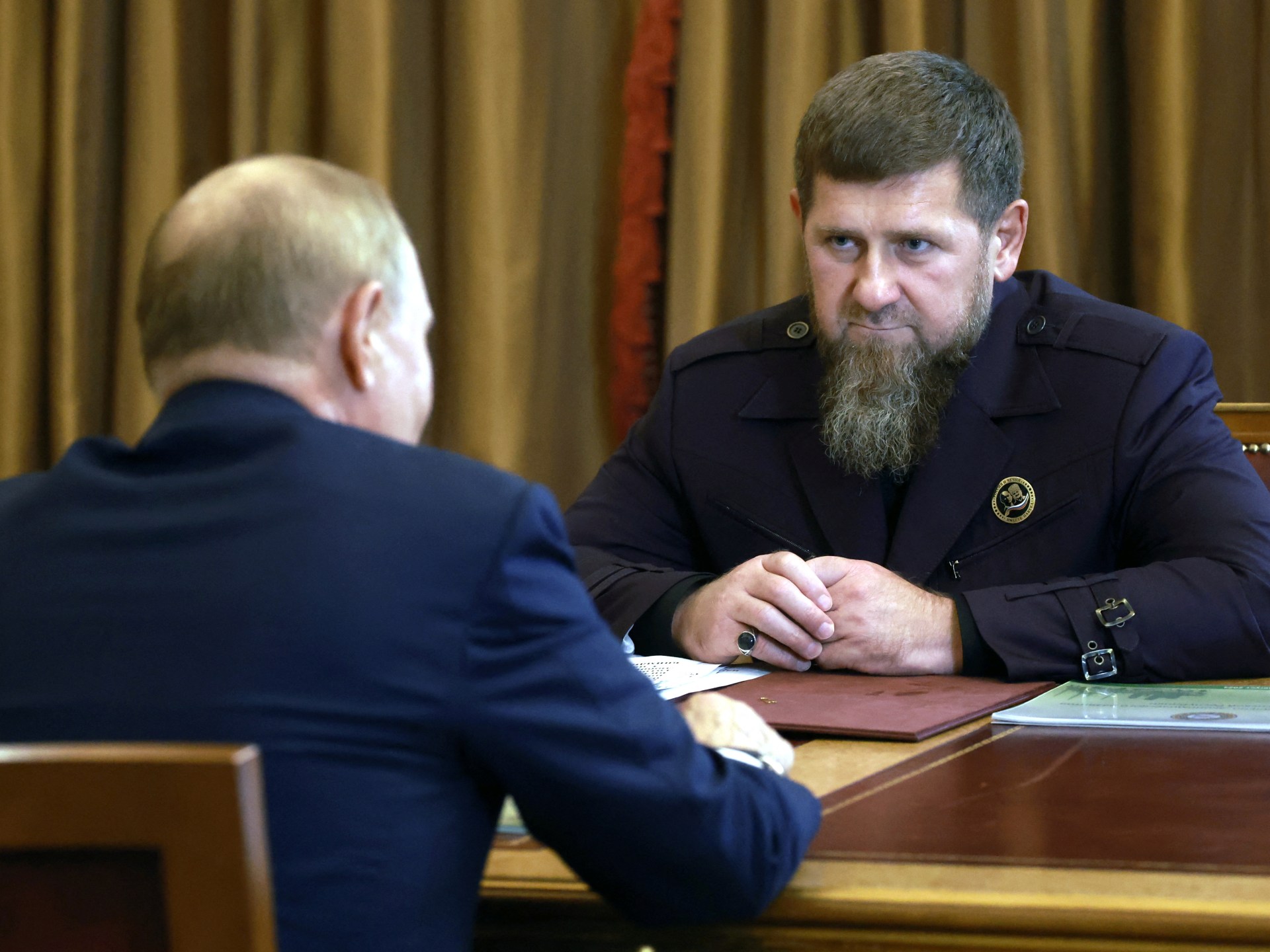On Monday, the UK and the EU reached a breakthrough agreement on fisheries, trade, and security.
A high-level UK-EU summit in London, which aims to restore Britain’s post-Brexit relationship with Europe, reached the conclusion of the deal hours before the summit.
What’s the purpose of the UK-EU summit?
The first UK-EU summit held in London since Brexit was held on Monday by British Prime Minister Keir Starmer. The summit was attended by senior EU officials, including Ursula von der Leyen, president of the European Commission.
The UK leaving the then-28-nation trade bloc is known as “British exit,” and it is abbreviated as “British exit.” A referendum was held in June 2016 to decide whether the UK should leave the EU. 52% of voters voted in favor of leaving. In January 2020, the official exit took place. The Conservative Party, led by then-Prime Minister Boris Johnson, reached a Brexit deal with the EU the same year.
The UK’s principal trading partner is the EU. According to a statement from Starmer’s office on Monday, the UK has experienced a 21% drop in exports to the EU and a 7% drop in imports from the member nations.
What is included in the deal?
The agreement includes agreements in a number of fields, including:
Fishing
EU countries were able to fish in British waters before Brexit, just as UK vessels were able to do so for other European countries. However, there were quotas in place under a common EU policy to stop overfishing.
The EU agreed to gradually reduce its fishing quota in UK waters by 25% by 2026 under the post-Brexit 2020 agreement. Britain may decide to impose a total ban on fishing on its waters in 2026.
The 25 percent quota reduction is still in place in the deal, which also extends access to EU boats until 2038.
A 360-million-pound (roughly $481 million) fund has also been announced for investments in coastal communities by Starmer’s office. According to Starmer’s office, this money will be used for “new technology and equipment to modernize the fleet, training to help upskill the workforce, and funding to help revitalize coastal communities, support tourism, and boost seafood exports.”
Exports of food and agriculture
A simplified version of the SPS (Sanitary and Phytosanitary) checks has been reached by the EU. Agriculture-related goods, including food and animals, are included in SPS. This results in the elimination of routine border checks on both sides for plant and animal products.
Security
Starmer stated in a post on X that sharing intelligence will lead to a partnership between the EU and the UK. Sharing facial recognition data is a part of this.
Britons traveling abroad can use e-gates, or automated entry and exit gates, at more European airports to avoid long immigration counter lines.
Carbon taxes
To avoid carbon taxes, the UK and the EU will link their carbon markets, which are trading platforms for carbon credits.
By 2040, the UK economy will be significantly boosted by the SPS and Emissions Trading Systems linking measures, according to a statement released by 10 Downing Street on Monday.
Mobility for young people
Additionally, the UK and the EU have entered into a partnership to work on a youth mobility initiative that would allow underage residents from both the UK and the EU to temporarily reside and work on their own soil. According to Starmer’s office, such a scheme would be “capped and time-limited.”
Details of this program haven’t yet been made public, though.
What has Starmer to say about the deal?
On Monday, Starmer highlighted several ways that the “deal with the EU will benefit Britain” in a 10-point thread on his X account. He claimed that the agreement will lower food prices by easing EU agricultural trade, lower energy costs, and speed up border security, and create a “more secure Britain” with more jobs in the defence sector, reduce carbon taxes, protect UK businesses, and combat terrorism and organized crime through improved intelligence sharing.
The previous government lacked the ability to deliver, Starmer wrote.
What are people saying about the deal?
In an X-post, Conservative Party leader Kemi Badenoch expressed concern about the agreement, particularly criticizing the extended window of time that EU fishing ships will be able to access British waters. “We’re once more taking control of Brussels’ rules.” And since there are no details on a Youth Mobility cap or time limit, fears of free movement returning will only grow. This is very concerning.
The government requested three times as much time for 12 years of access to British waters.
Once more, we are removing rules from Brussels.
Fears of free movement returning will only grow as a result of no information regarding any cap or time caps on youth mobility.
This is very concerning. https://t.co/QzocW3QOwU
The far-right Reform UK party’s leader, Nigel Farage, wrote in a statement on X about the deal, “If true, the fishing industry will disappear.”
If that is accurate, the fishing industry will disappear. https://t.co/jUIH7ZlCpj
According to Elspeth Macdonald, the SFF’s chief executive, the deal has been called “a horror show for Scottish fishermen.” The new agreement, according to Macdonald, is “far worse than Boris Johnson’s sloppy Brexit agreement,” adding, “execution shows how completely indifferent the British political establishment is to the interests of our fishing industry.”
The statement, which was made available on the SFF website, claimed that “any attempt by the UK or EU to portray the new deal as a continuation of existing arrangements would be a lie.
Prior to now, both the Conservative Party and Reform UK have argued for greater UK control over its waters. Conservative leaders were critical of the deal, but Liberal Democrats party leader Ed Davey criticized it. Following the obscene Brexit wars of the past ten years, social media is a zombie apocalypse of dinosaur Tory politicians and right-wing hankering. Our nation has advanced”!
Following the ominous Brexit wars of the past ten years, social media has become a zombie apocalypse of dinosaur Tory politicians and right-wing hankering. The world has advanced!
